Summary
In eighteen months, Zendesk’s UX Research practice grew from a single researcher to a seven-person team. The new research program has greatly enhanced Zendesk’s design and development process. Along the way, researchers have successfully informed design strategy and helped improve product quality and usability. Veevi Rosenstein is deliberately crafting the UX research practice from the inside out to support Zendesk’s growing development organization. She’ll share her approach and overall vision for the research program, including operational plans, methods, toolkits, communication and knowledge capture strategies, and the steps she’s taken to make it all happen.
Key Insights
-
•
Scaling UX research requires deeply understanding internal stakeholder pain points through listening sessions before making hires.
-
•
Recruiting representative research participants was the top bottleneck and perceived cause of slow insight delivery at Zendesk.
-
•
Legal restrictions on participant incentives and imperfect CRM data complicated recruitment of key user groups like support agents.
-
•
Embedding a dedicated research operations coordinator within design operations was critical to centralize recruitment and logistics.
-
•
A hackathon prototype for an integrated internal recruitment tool (ZenRate) proved conceptually sound but lacked organizational support to maintain.
-
•
External vendor tools like UserTesting and Qualtrics were chosen for security, compliance, collaboration, and data portability to speed research turnaround.
-
•
A rolling omnibus study program assigned researchers to focus on specific user roles, enabling recurring qualitative studies and shared recruiting pools.
-
•
Training workshops to improve interviewing skills helped democratize research quality among designers and product managers.
-
•
Structured data capture and analysis templates using Google Sheets and Miro enabled richer insight sharing beyond isolated projects.
-
•
Building an internal help center with searchable playbooks and a ticketing system improved accessibility and tracking of research requests, supporting team growth.
Notable Quotes
"When I started at Zendesk in 2018, there was a single UX researcher in Singapore doing her best to serve 28 product designers around the globe."
"Participant recruitment was the number one problem that people mentioned."
"We were asking for users to give us their time, but we weren’t showing them that we recognized that their time had value."
"Some product managers just skipped getting customers involved in the development process at all."
"Having a back office support in place made it much easier to convince new researchers to join the team."
"The proof of concept actually worked, but it had to be coded as an internal application, and somebody would have to maintain the tool."
"We used user testing’s built-in panel and that significantly reduced the turnaround time on conducting design studies."
"If you think of research methods as design patterns, the interview is a basic design pattern at the heart of most qualitative research methods."
"A lot of the rich juicy details from their time on sites would have been lost, and that hurt my nerdy soul."
"Since everyone was doing their own research, the quality of the research being done was pretty inconsistent."
Or choose a question:
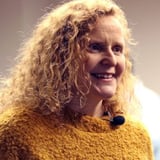
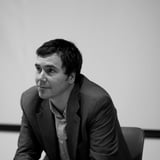




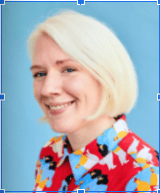
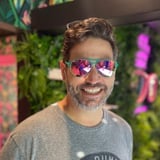
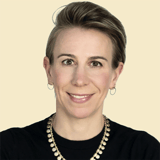


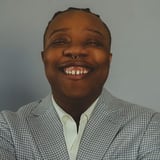

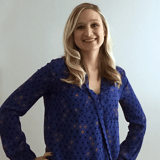

More Videos

"You don’t want to game anybody here. This is persuasion by evidence, not by trickery."
Daniel J. RosenbergDesigning with and for Artificial Intelligence
August 11, 2022

"You have to know what the development roadmap is to ensure design system changes are properly integrated and prioritized."
Dan Mall“Ask Me Anything” with Dan Mall, Author of Upcoming Rosenfeld Title, Design that Scales
October 2, 2023

"When you’re in a culture that celebrates complexity, making things simple is still a very hard thing to do."
Peter MorvilleThe Architecture of Understanding
May 13, 2015

"Gunshots were a routine sound growing up. We became numb to it."
Kyria Stephens Marlon KernerPower to Heal: Civic Design in the Aftermath of Tragedy
November 17, 2022

"People always pay more when they perceive value beyond just financial cost."
Nathan ShedroffRedefining Value: Bridging the Innovation Culture Divide
May 14, 2015

"Pilots don’t need to be perfect, they just need enough moving parts to gather useful feedback quickly."
Kim Fellman CohenMeasuring the Designer Experience
October 23, 2019

"Managing to outcome, not output, lets people own their way of working and leverages their best strengths."
Bria Alexander Laura Gatewood Corey Long Daniel Orbach Laine Prokay Deanna SmithThe Big Question about Resilience: A panel discussion
September 23, 2024

"You will have full copies of everything that you experienced today and all the questions."
Bria Alexander Louis RosenfeldOpening Remarks Day 2
March 26, 2024

"Operations work best when practical tools are put in peoples' hands, not just theory."
Changying (Z) ZhengPractical DesignOps: From Ideas to Tools That Teams Actually Use
September 25, 2025
















